Understanding the Cost of Split Rail Fencing
Split rail fencing offers a rustic and natural look for property boundaries, farms, and decorative landscapes. The overall cost varies based on several key factors including material choice, fence length, and installation complexity. Knowing these factors helps homeowners budget effectively and choose the best options for their needs.
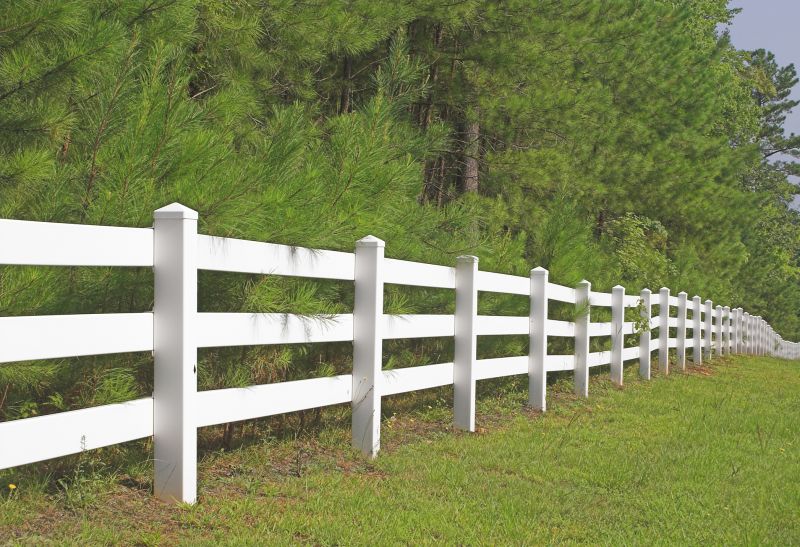
Different wood types, such as cedar, pine, or oak, significantly influence the cost. Cedar is popular for its durability and natural resistance to decay, but it tends to be more expensive than pine.
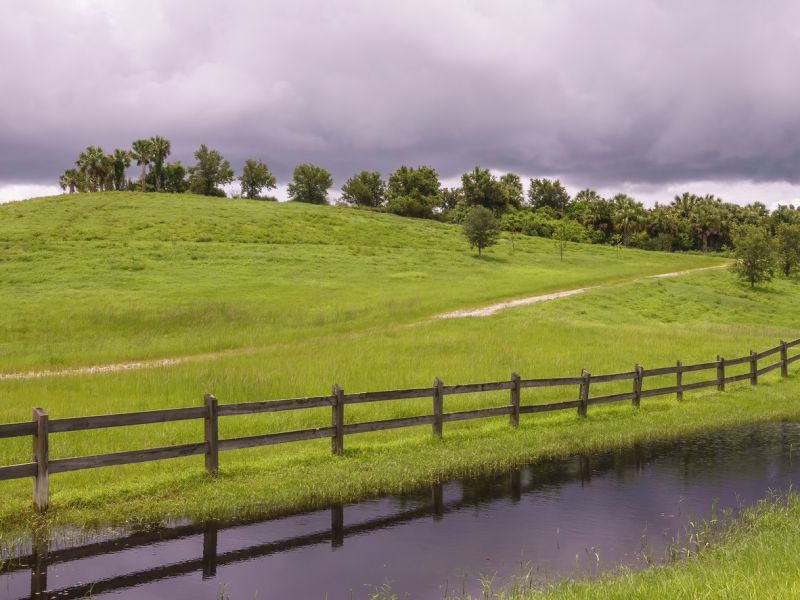
Longer and taller fences require more materials and labor, increasing overall costs. Standard heights range from 3 to 4 feet, with taller fences costing proportionally more.
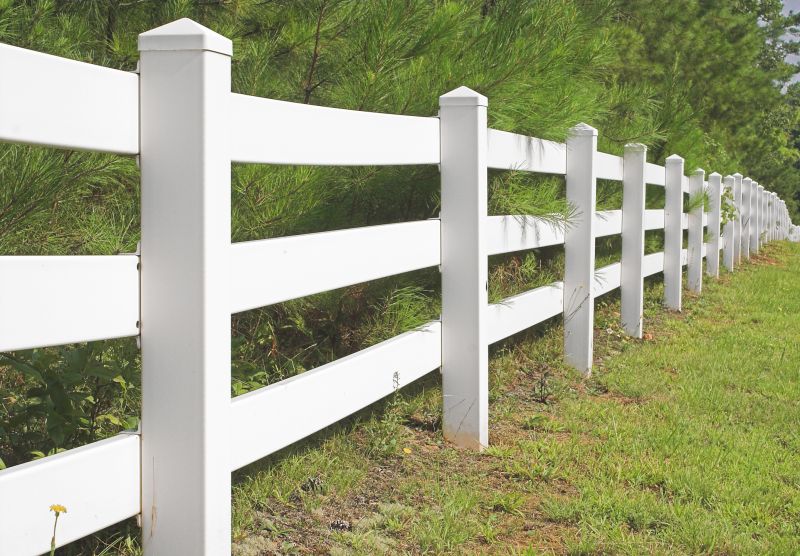
Installation costs vary based on terrain difficulty, accessibility, and local labor rates. Complex terrains or uneven ground can add to installation expenses.
| Factor | Average Cost |
|---|---|
| Material (Cedar) | $10 - $15 per linear foot |
| Material (Pine) | $8 - $12 per linear foot |
| Labor (Standard Terrain) | $5 - $10 per linear foot |
| Labor (Challenging Terrain) | $10 - $20 per linear foot |
| Fence Height (4 ft) | Included in above costs |
The cost of split rail fencing is influenced by the choice of materials and the complexity of installation. Cedar, being more durable and aesthetically pleasing, commands a higher price but offers greater longevity. Pine is a more economical option, suitable for temporary or decorative fencing. Installation labor costs can vary widely depending on terrain and accessibility, with challenging landscapes requiring additional equipment and time. Proper planning and understanding these factors can help homeowners make informed decisions and avoid unexpected expenses.
Additional factors that impact fencing costs include the type of posts used, whether the fence is stained or treated, and the inclusion of gates or accessories. Regular maintenance, such as staining or sealing, also adds to long-term expenses but helps preserve the fence’s appearance and durability, ultimately affecting overall cost over its lifespan.
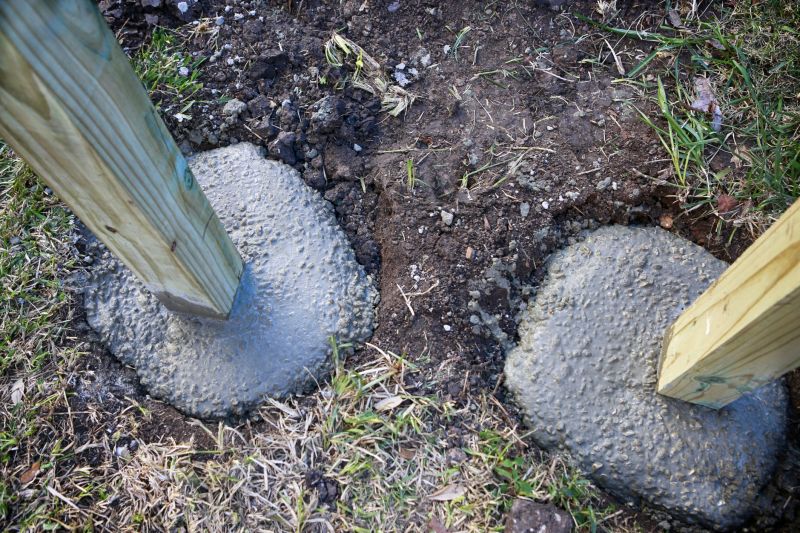
Choosing between wood, metal, or composite posts impacts both cost and durability. Treated wood posts are common and cost-effective, while metal posts offer longer lifespan but at a higher initial price.
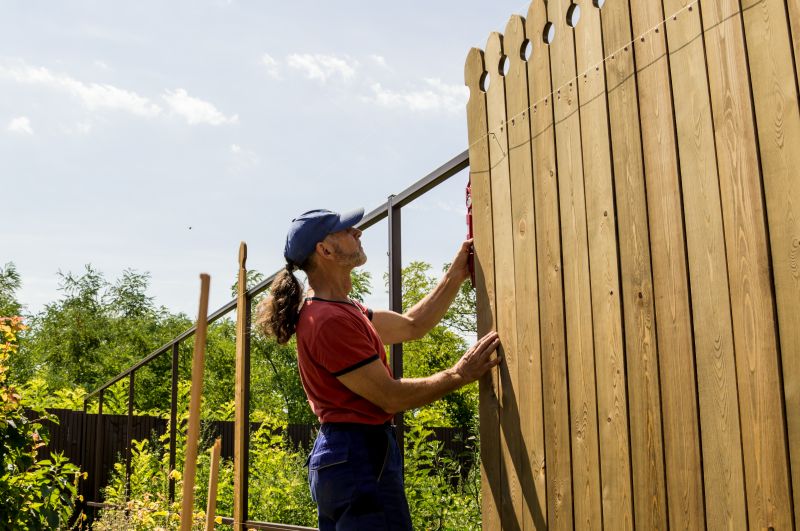
Adding decorative caps, staining, or sealing increases aesthetic appeal and longevity but also raises costs. These features are often considered in premium fencing packages.
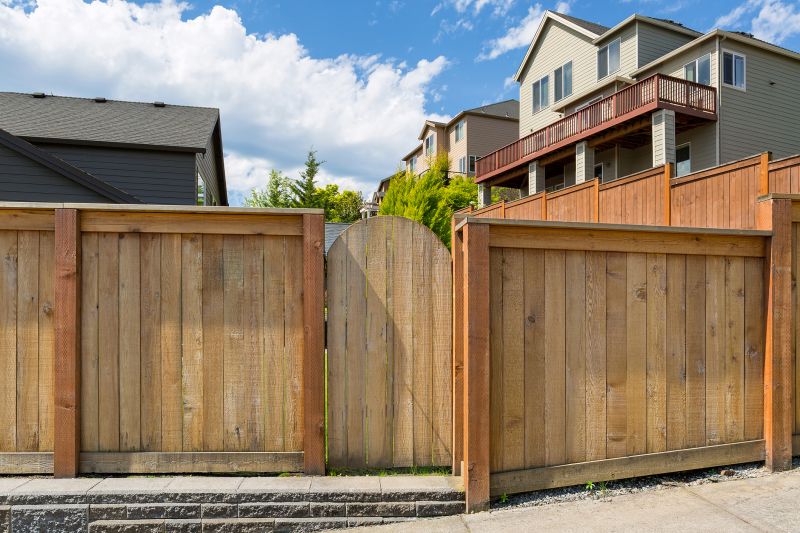
Including gates, hinges, and latches adds to the overall expense but provides functionality and convenience. Custom or automated gates are more costly.
| Service | Average Price |
|---|---|
| Basic Split Rail Fence (per linear foot) | $10 - $15 |
| Stained or Treated Fence | $3 - $5 per linear foot |
| Gate Installation (standard size) | $200 - $500 |
| Fence Repair or Replacement | $5 - $12 per linear foot |
| Custom Fence Design | $15 - $25 per linear foot |
| Post Replacement | $50 - $150 per post |
| Adding Decorative Caps | $10 - $25 per post |
| Automatic Gate Opener | $500 - $1500 |
| Fence Staining or Sealing | $2 - $4 per linear foot |
| Extended Warranty Service | $200 - $600 |



